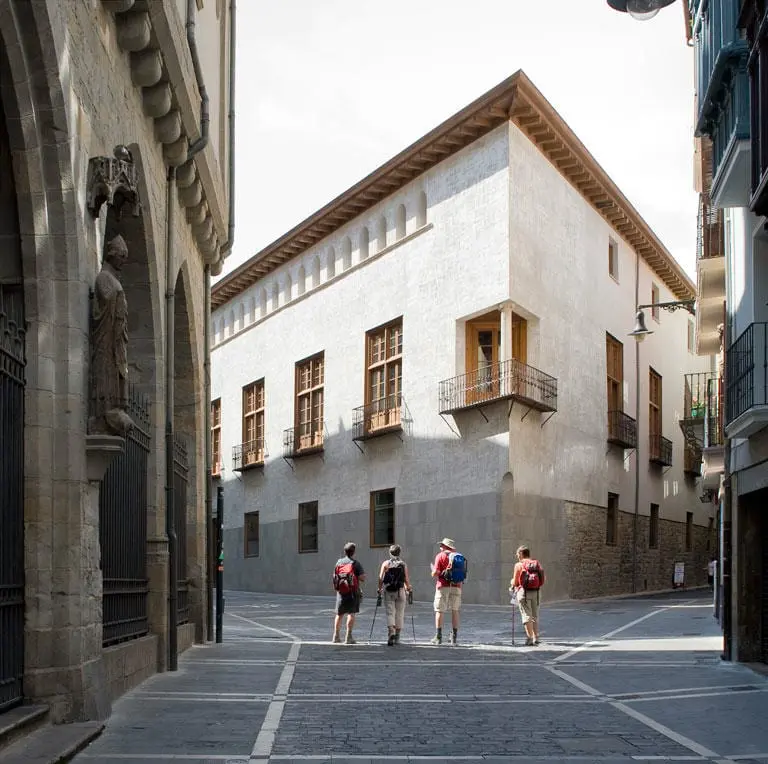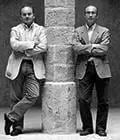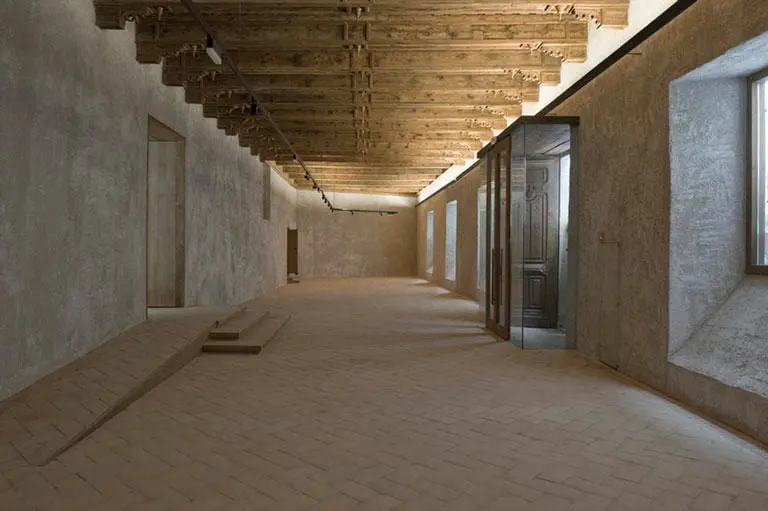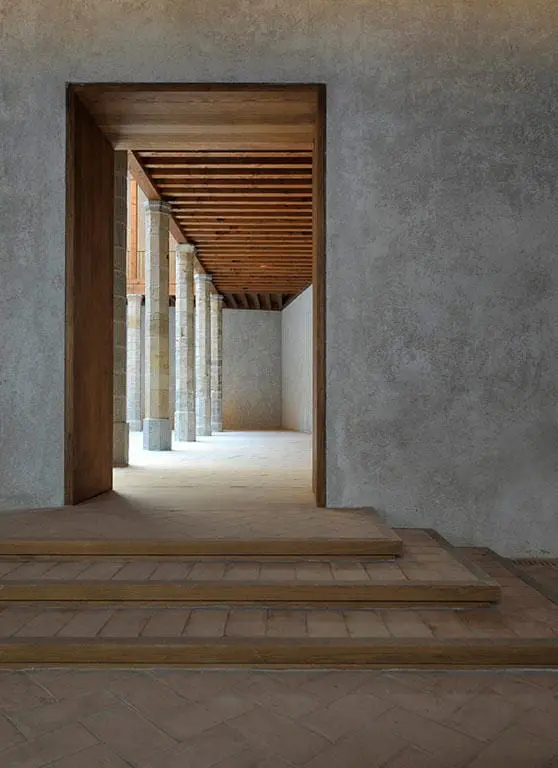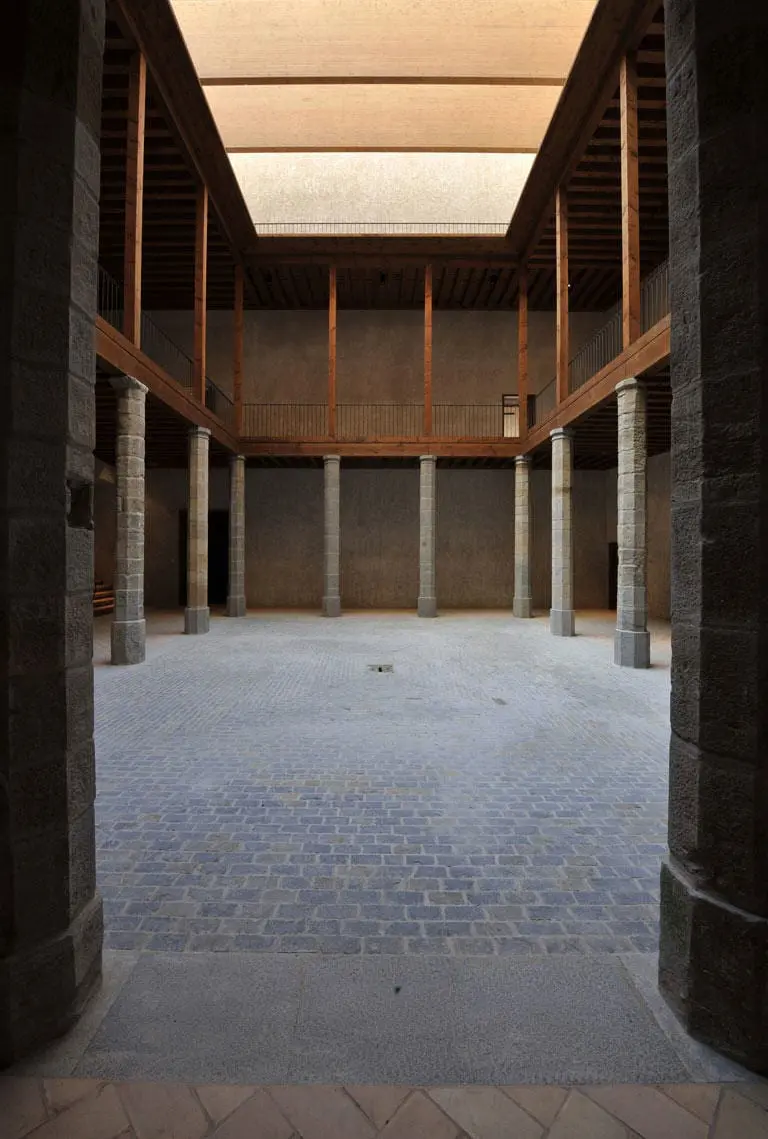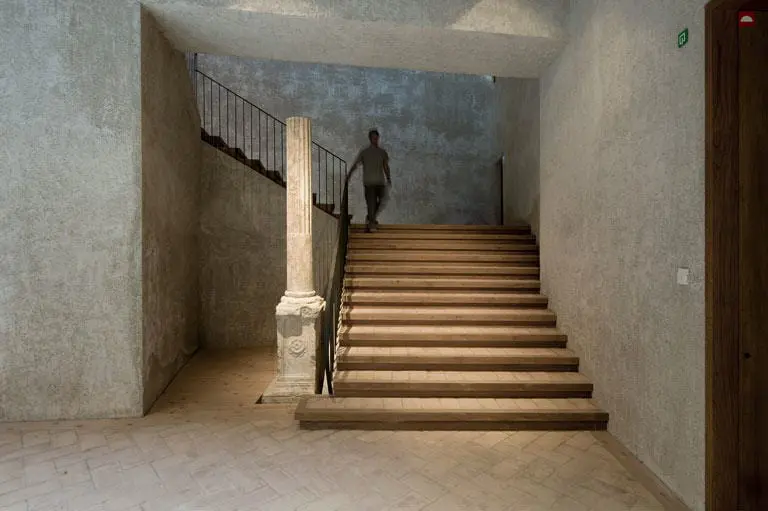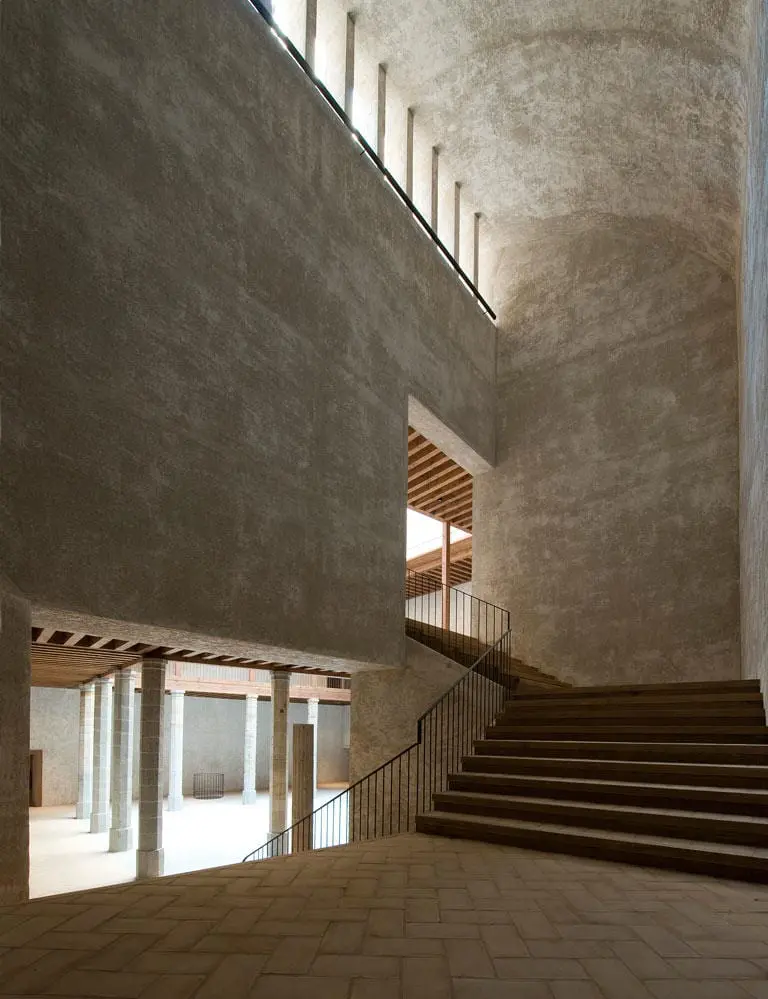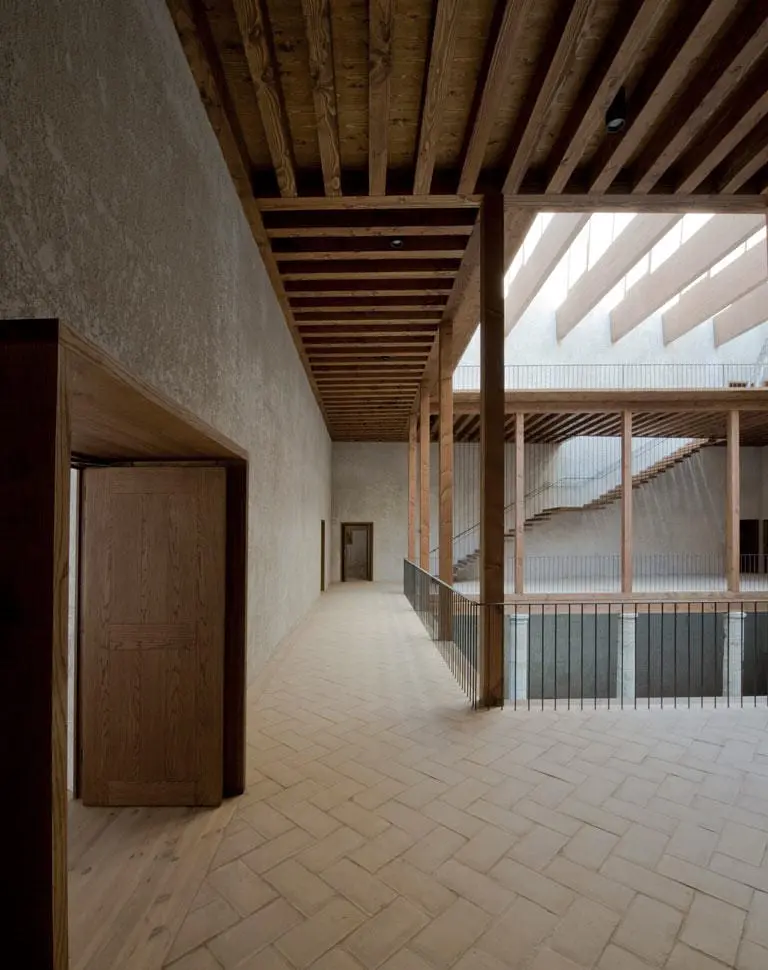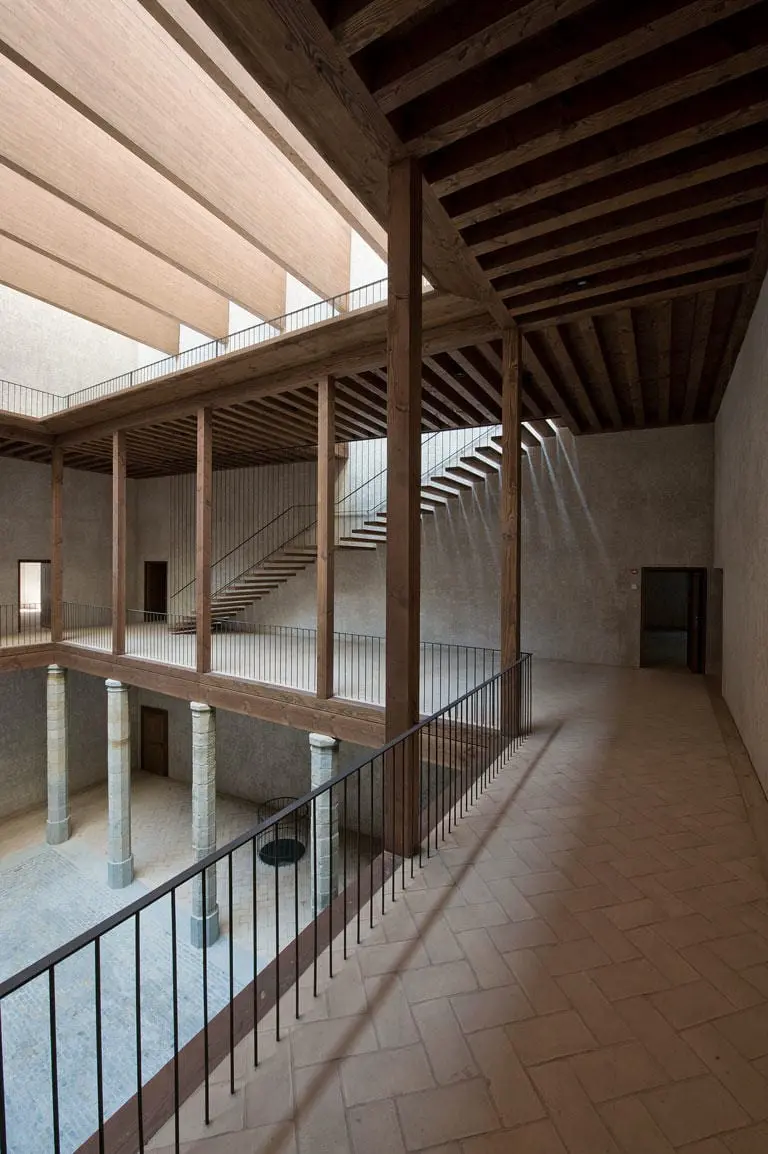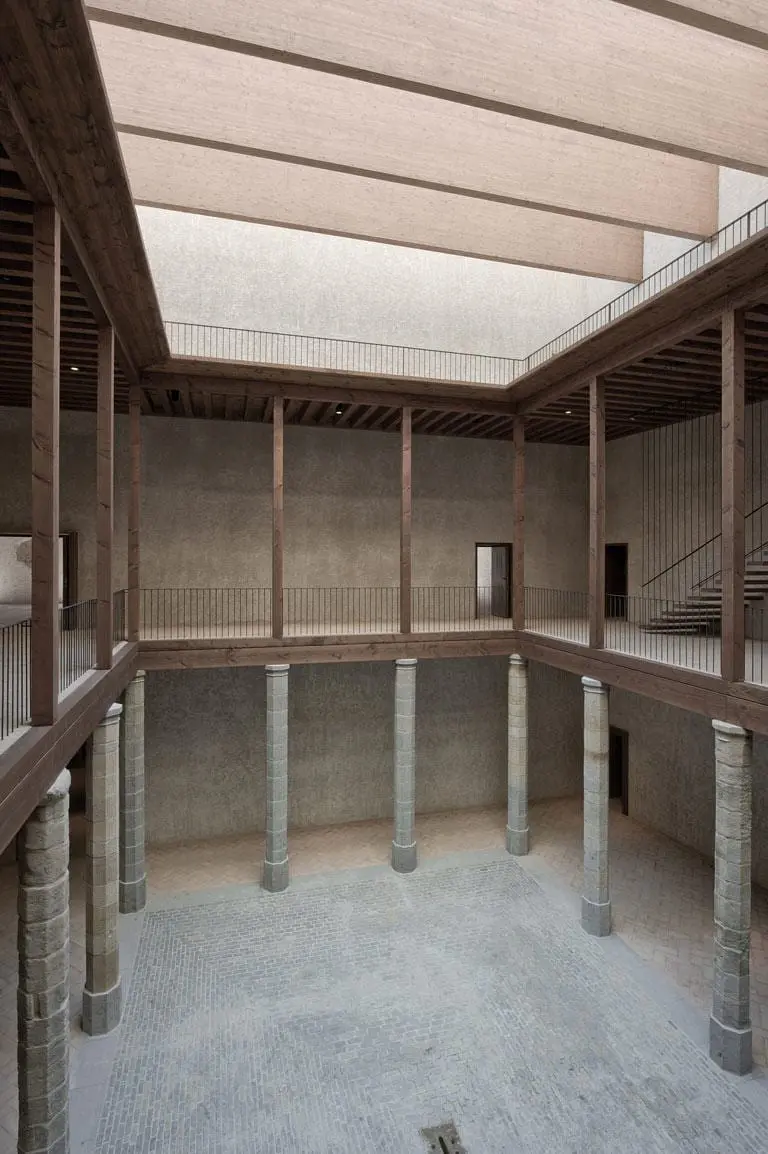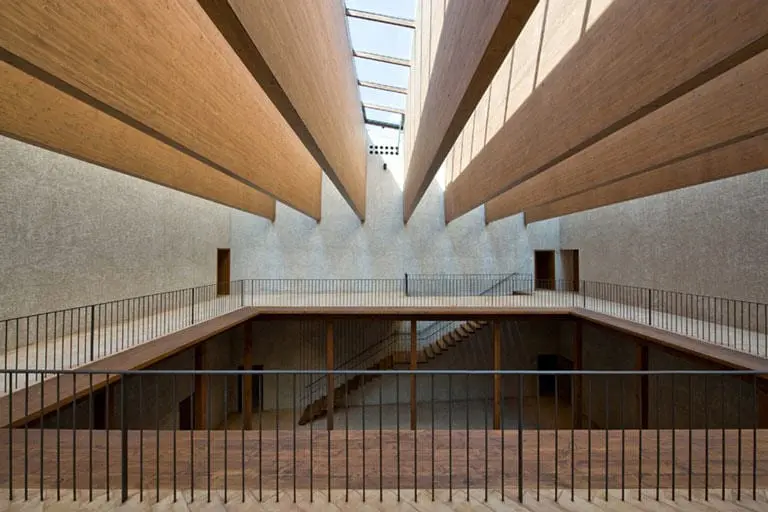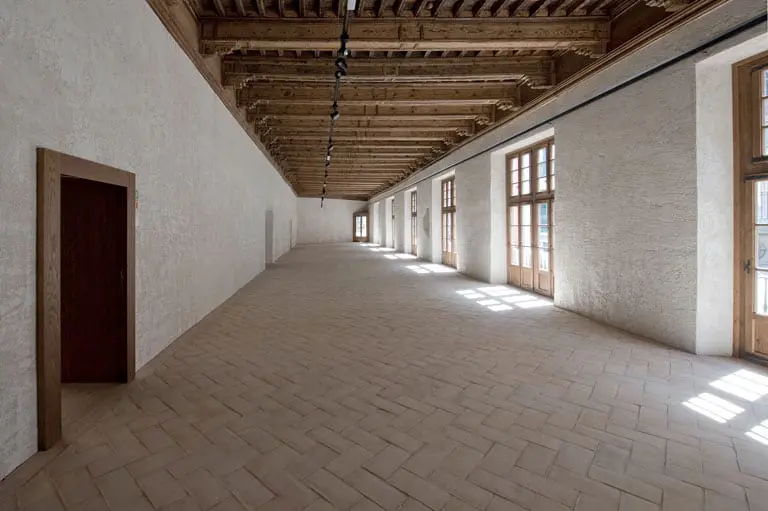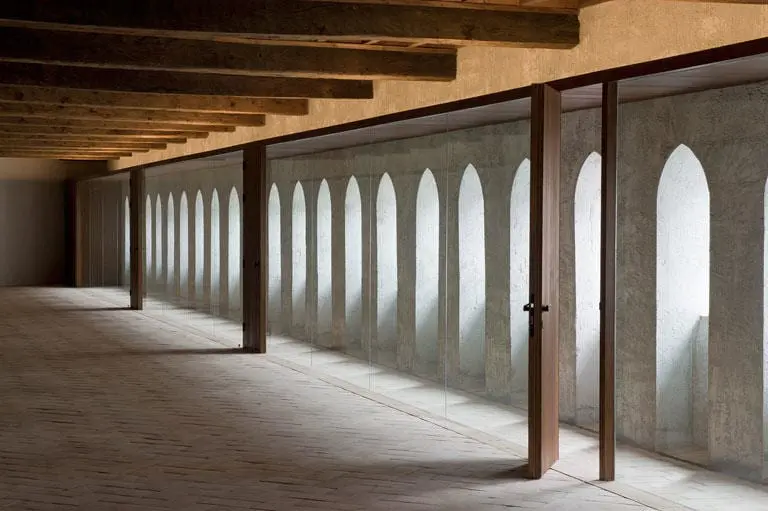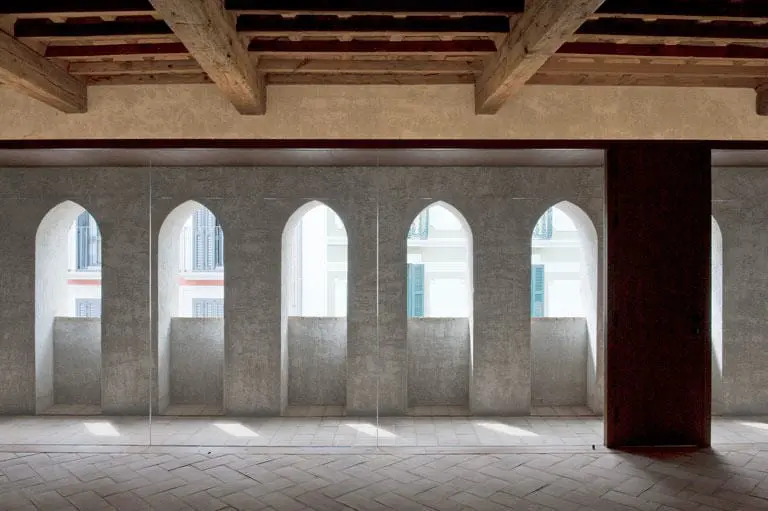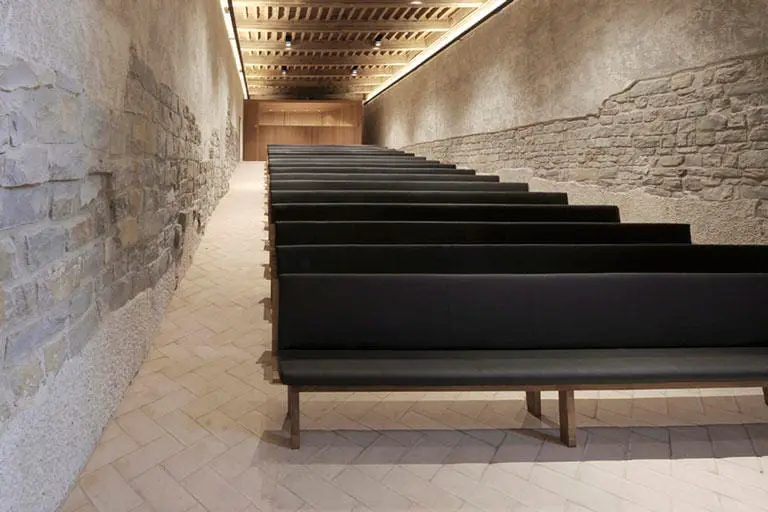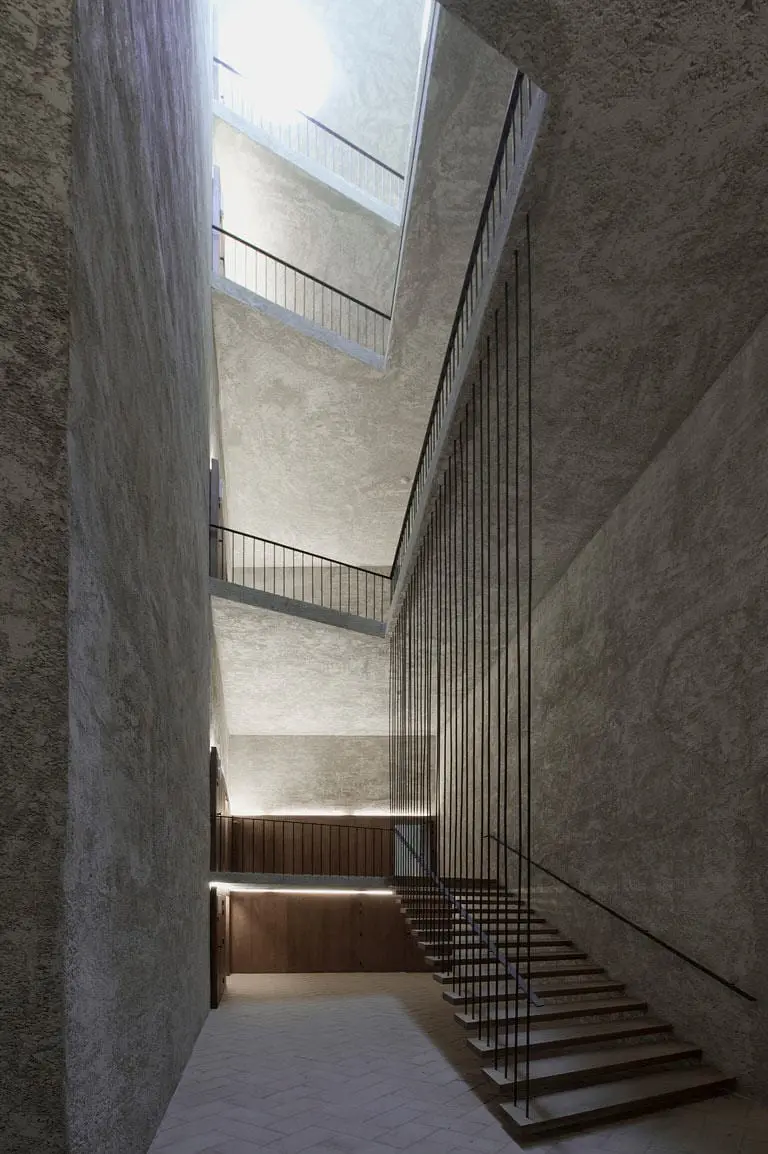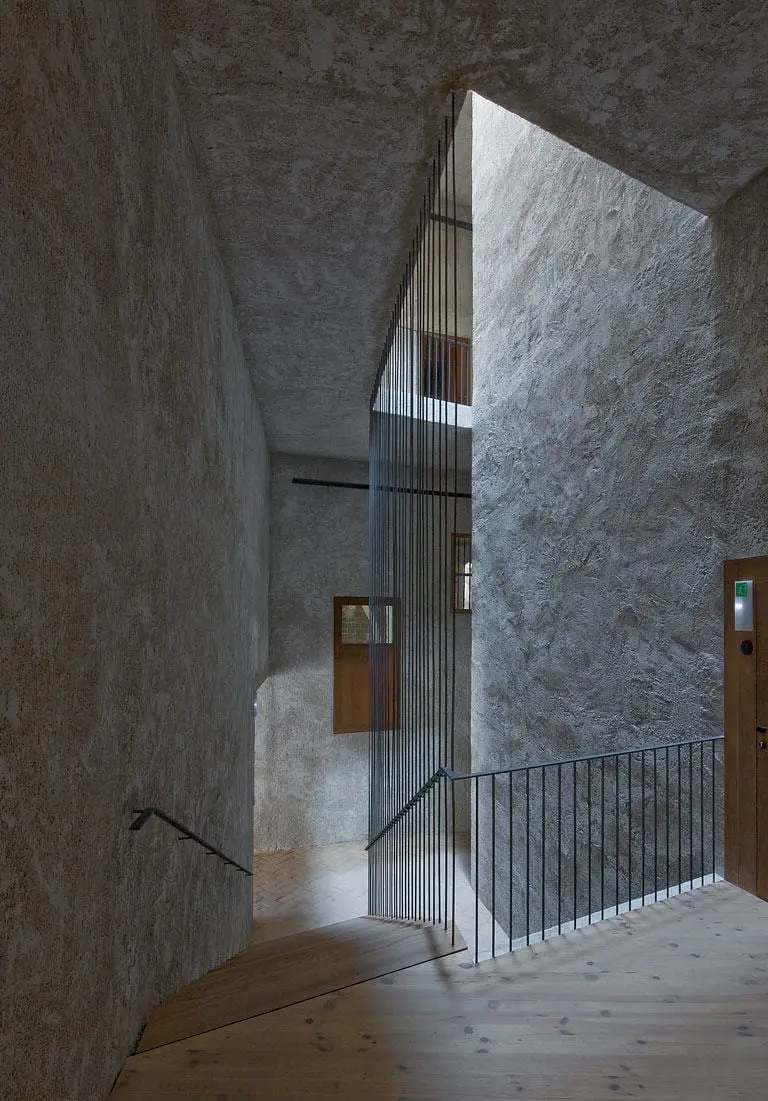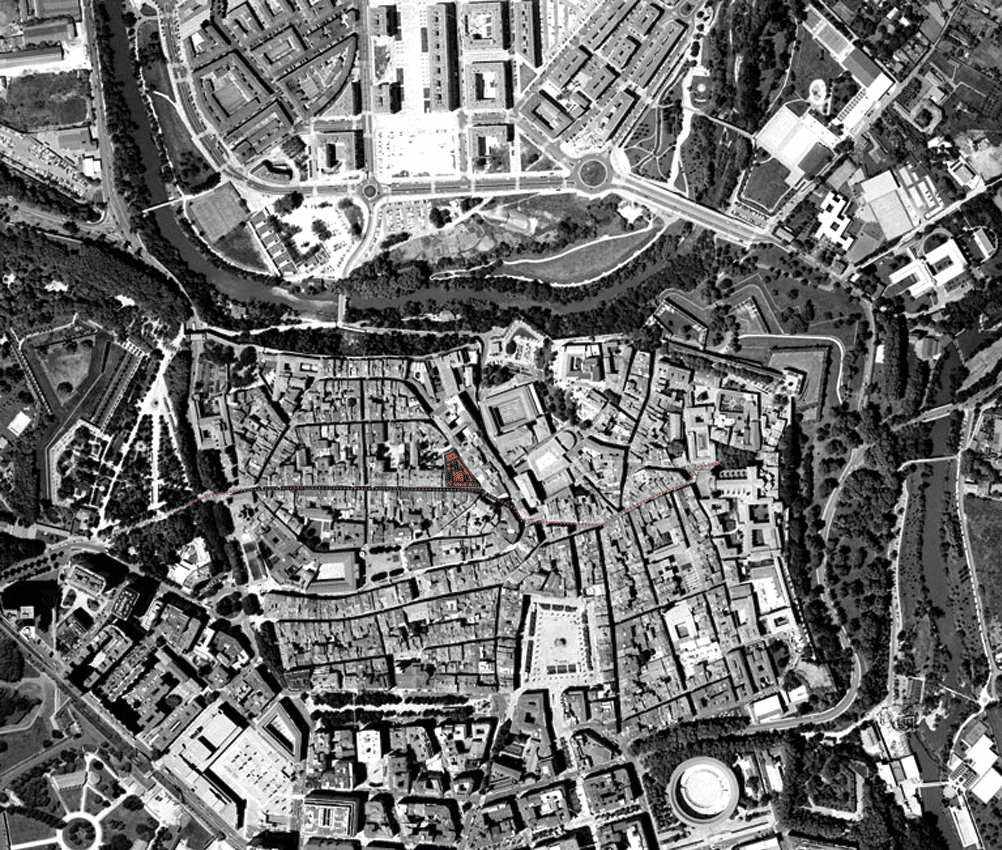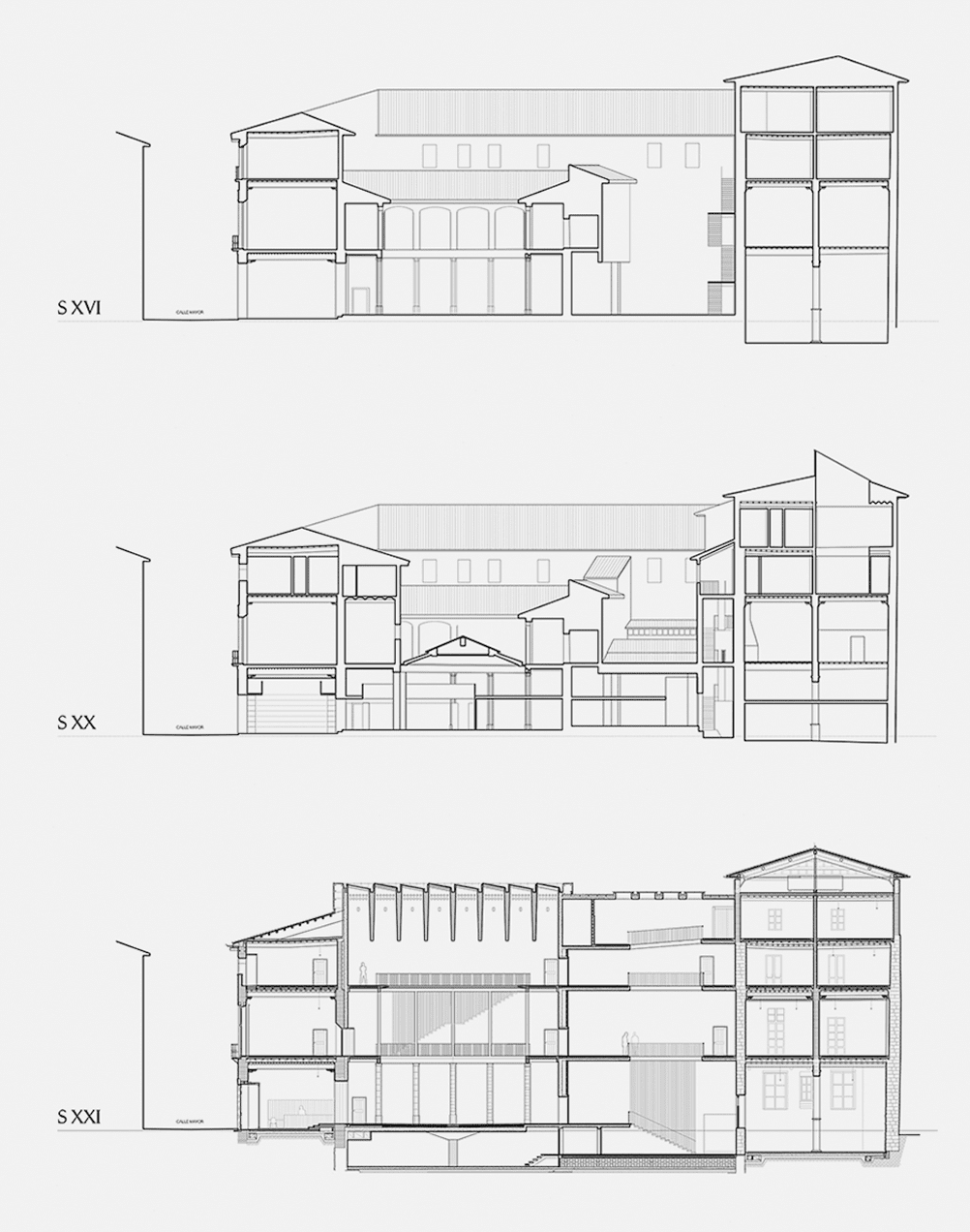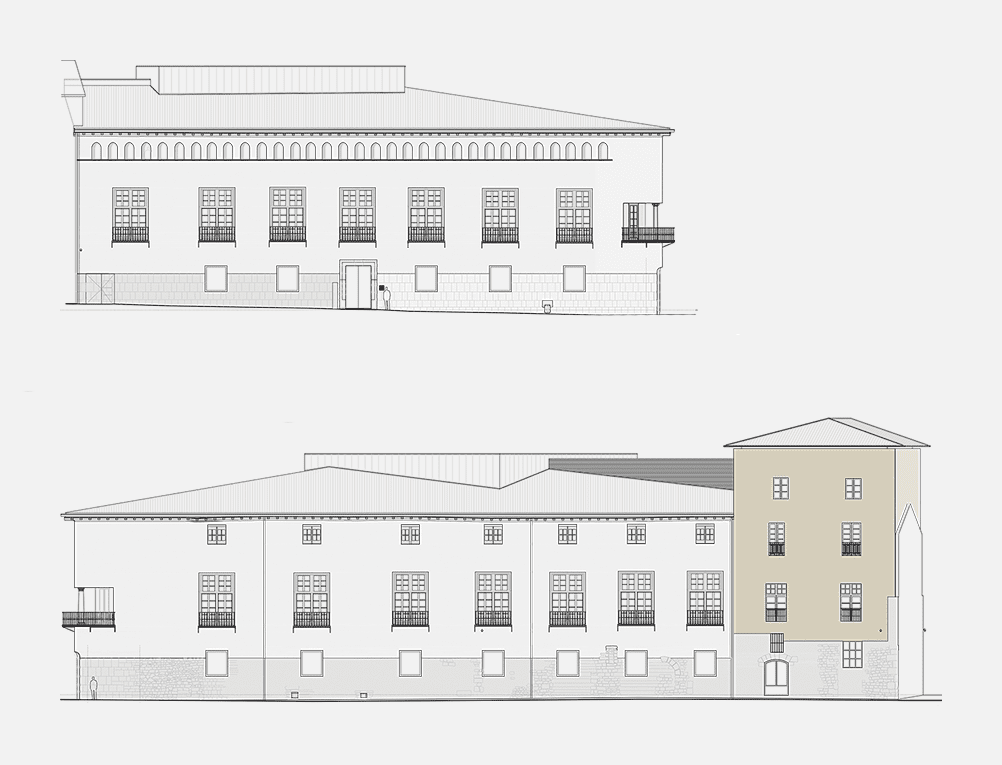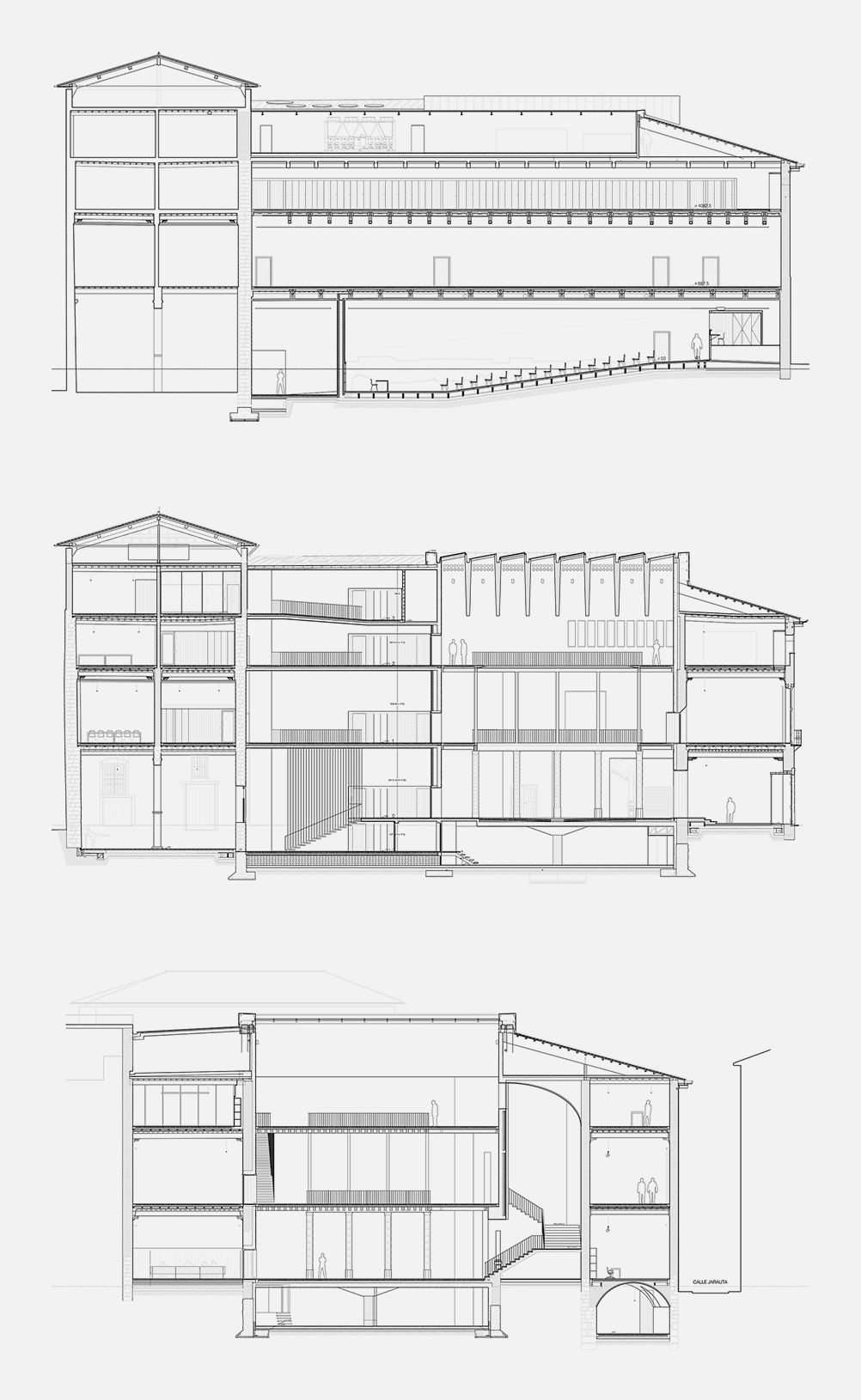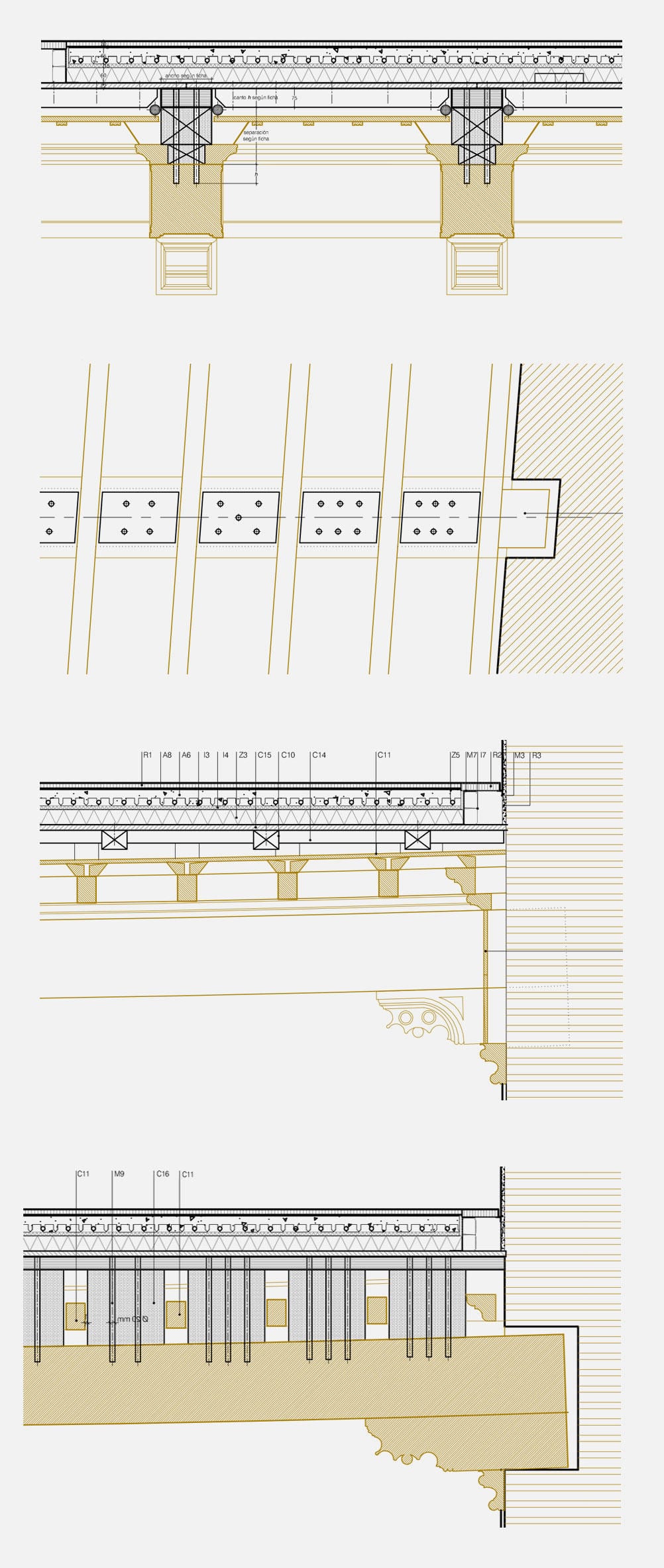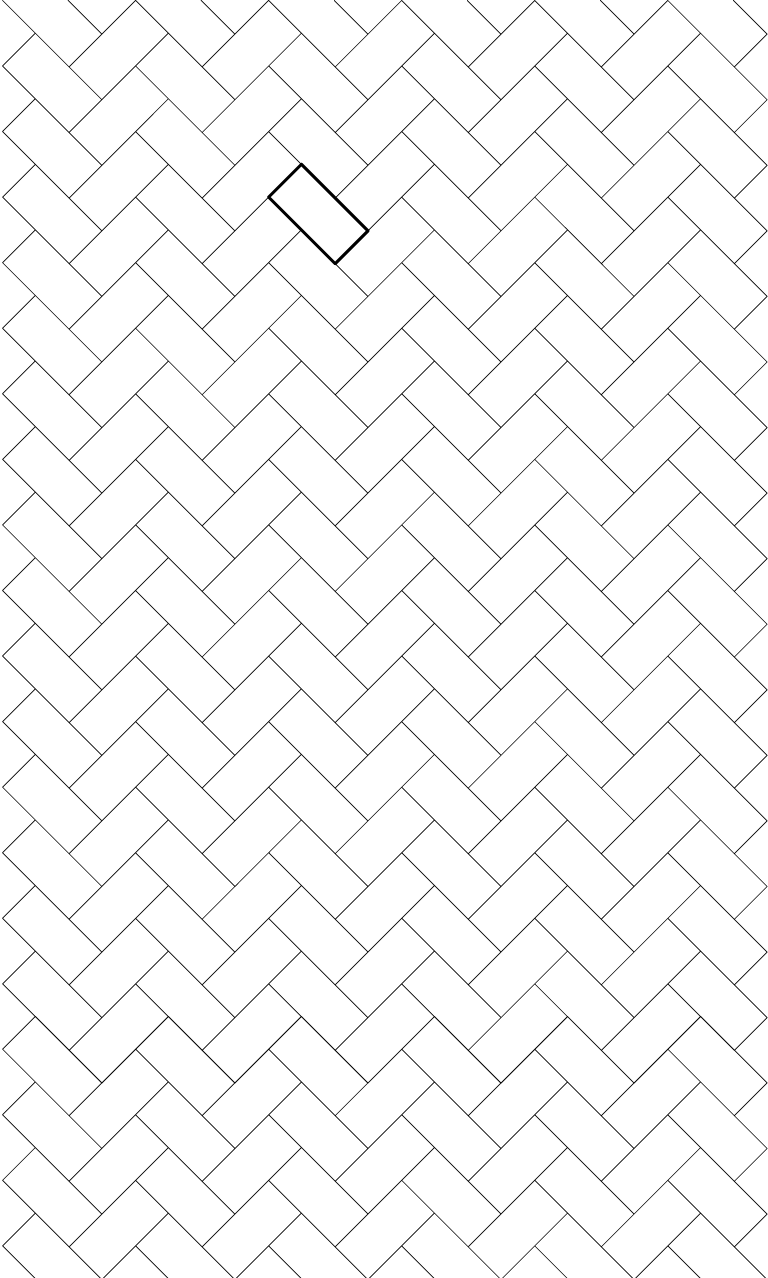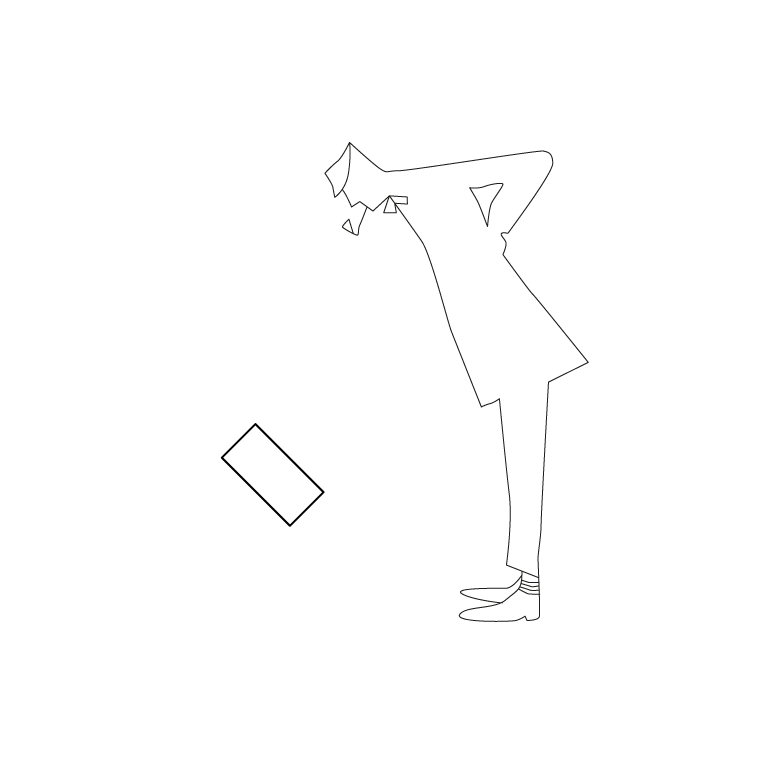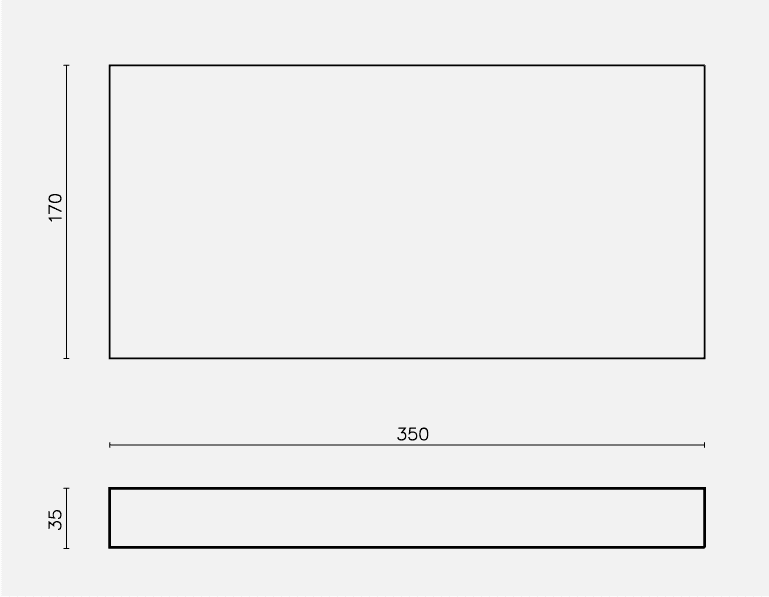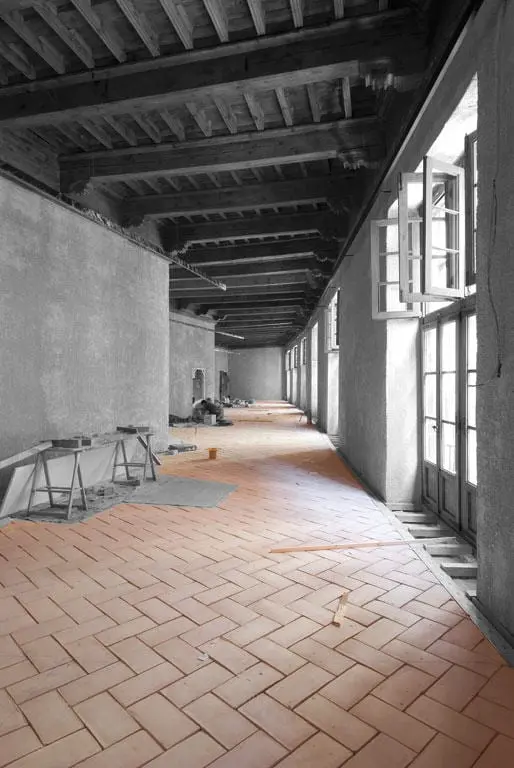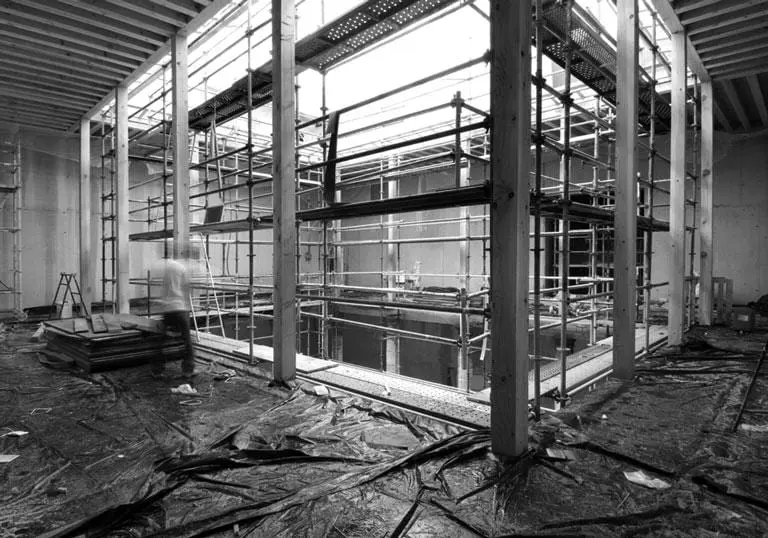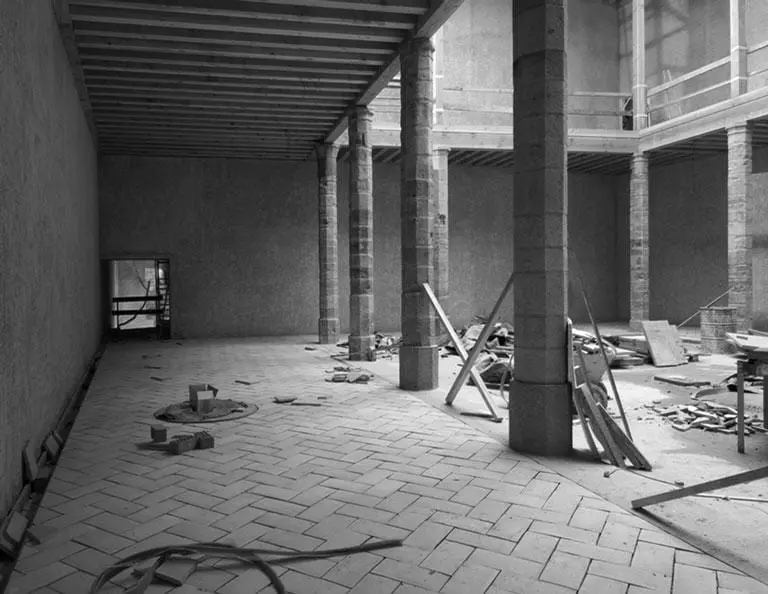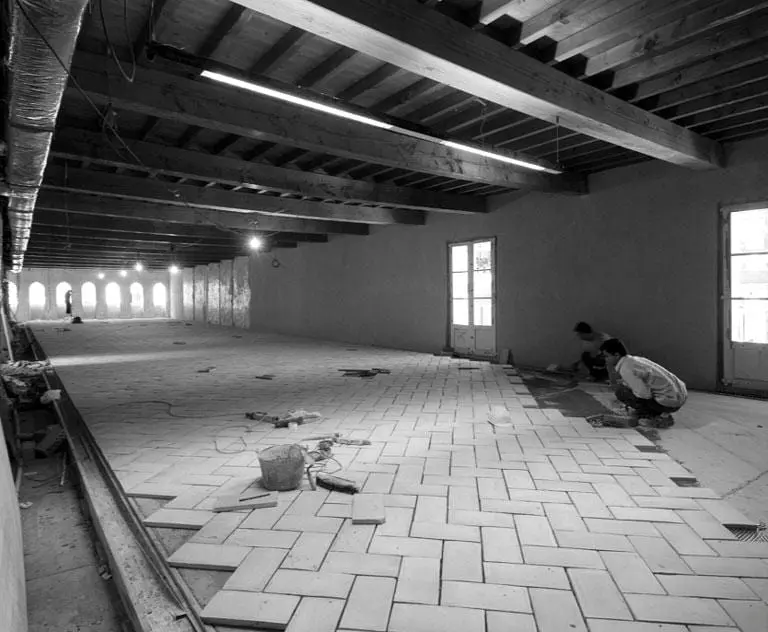Construction of this building began in 1548, the year that D. Luis de Beaumont, 4th Count of Lerín and Condestable of the Kingdom, purchased four adjoining houses in order to extend his own, which stood on the corner of the Calle Mayor and the Calle Pellejerías (now Jarauta). This privileged location reflected the elevated status of his noble titles, which were the highest and most prestigious amongst the nobility of Navarre at the time. Nowadays, it currently houses a cultural centre in Pamplona´s old quarter, including exhibition halls for events, meetings, workshops or other activities, as well as a computer lab and library and administrative municipal offices.
It was down to the materials used in this project to establish a bridge linking the past to the present: local stone, terracotta, wood and lime and plaster mortar are materials that are as widely available and used today as they were five hundred years ago. Used on the visible surfaces of the project, they provide historical and substantial continuity, which in turn ensures that there is coherence between the old and the new builds. This commitment to the rich building tradition of which this house is an example has not excluded the use of more modern techniques in the execution of the project, nor of other materials that have specific applications such as concrete for underpinning and supporting walls, tension rods and other items made of iron and zinc along the edges of the roofs.
Ceramic piece. Fired clay is a major feature throughout the entire building as it constitutes all the flooring with the exception of the central area of the patio and the mediaeval hall. These six- by twelve-inch tiles were also used for the foot of the walls. The colour and size of the tiles, which were purpose made, and the way they have been installed is identical to the remaining originals that were found in different parts of the house. The building thus reveals its personal ‘genetic code’ through the flooring. The walls of the wet areas (bathrooms, cloakrooms and offices) have been clad with 10 x 10 cm ceramic tiles.
Tile of Spain Awards ASCER 2009. Prizewinner Interior Design
